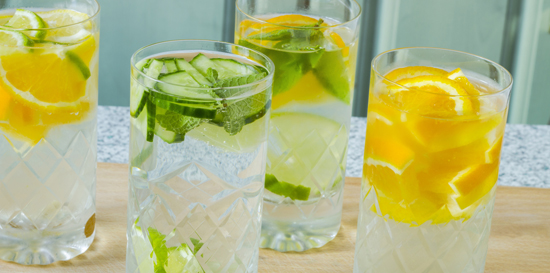Is that fruit you’re buying at the grocery store the healthiest it could possibly be? Did you know that lots of fruits and veggies have been exposed to pesticides and may still carry a residue with them? According to Environmental Working Group (EWG), nearly two-thirds of the fresh produce tested by the U.S. Department of Agriculture and analyzed by EWG contained pesticide residues.
Why should we be careful about pesticides in our food?
Pesticides are toxic by design. They are created expressly to kill living organisms — insects, plants and fungi that are considered “pests.” Many pesticides pose health dangers to people. These risks have been confirmed by independent research scientists and physicians across the world.
As acknowledged by U.S. and international government agencies, different pesticides have been linked to a variety of health problems, including: brain and nervous system toxicity; cancer; hormone disruption; and skin, eye and lung irritation.
Sometimes we can’t avoid it, but sometimes we are able to make a choice. Some produce is more likely to carry pesticide residue with them – and some are less likely! EWG puts out information every year about what produce is more pesticide-contaminated so that we can do our best to avoid them. Read more here.
It’s true – organic food can be expensive. If you are going to buy organic, why not buy organic produce where it really will impact your health? For example, a few items on the Clean Fifteen list – these are ok to eat non-organic – include avocados, sweet corn, pineapples and cabbage. And the Dirty Dozen – produce that is better when organic – includes apples, peaches, nectarines and strawberries.












